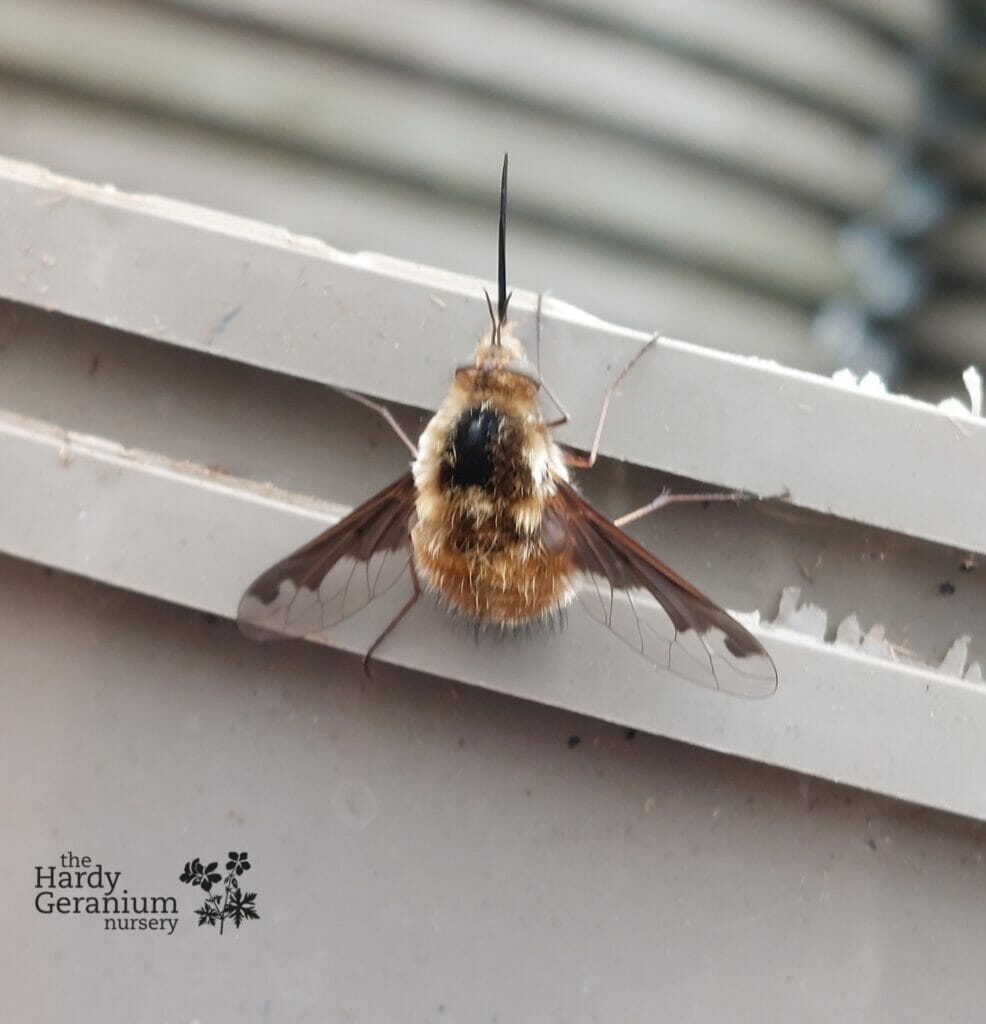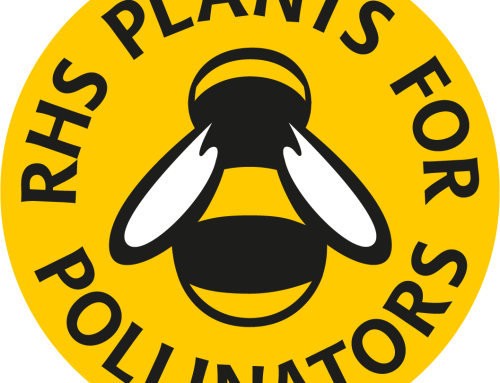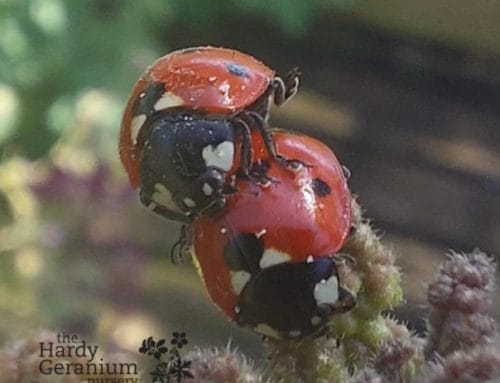Bee flies are a fascinating group of insects that are often mistaken for bees or wasps due to their appearance and behaviour. However, they are a type of fly that belongs to the family Bombyliidae, which includes over 5,000 species worldwide. These insects are found in a wide variety of habitats, from deserts to forests, and play an important role in pollination and controlling insect populations.
Bee flies have a distinctive appearance that sets them apart from other flies. They are typically slender with long, slender legs and a fuzzy body that is often black and yellow or brown and white, mimicking the appearance of bees and wasps. They also have large, prominent eyes and long proboscises, which they use to feed on nectar and pollen from flowers.
Bee flies are active during the day and can often be seen hovering around flowers and other sources of nectar. They are important pollinators for many plants, especially in areas where bees and other pollinators are scarce. Bee flies are also parasitoids, meaning they lay their eggs on or near other insects, such as beetles and grasshoppers, which their larvae then feed on.
Bee flies undergo complete metamorphosis, meaning they have an egg, larval, pupal, and adult stage. Females lay their eggs in soil or on vegetation near the host insects they feed on, and the larvae hatch and burrow into the host’s body. The larvae then feed on the host’s tissues and eventually pupate before emerging as adults.
Bee flies play an important role in many ecosystems as pollinators and as predators of other insects. As pollinators, they help to ensure the reproduction of many plant species, especially in areas where other pollinators are scarce. As predators, they help to control the populations of insects such as beetles and grasshoppers, which can cause damage to crops and other plants.
Bee flies face a number of threats, including habitat loss, pesticide use, and climate change. Loss of habitat due to urbanization and agricultural practices can reduce the availability of food sources and breeding sites for bee flies. Pesticides can also be harmful to bee flies, as they can kill both the adults and the larvae. Climate change can also affect bee fly populations by altering the timing of flowering and insect emergence, which can disrupt the timing of bee fly life cycles.
Bee flies are an important and fascinating group of insects that play a vital role in many ecosystems. As pollinators and predators, they help to ensure the health and productivity of many plant species and the balance of many insect populations. It is important to protect and conserve bee fly habitats and to reduce the use of pesticides to ensure the survival of these important insects.

Bee fly resting on pots
This article has been written in association with ChatGPT




